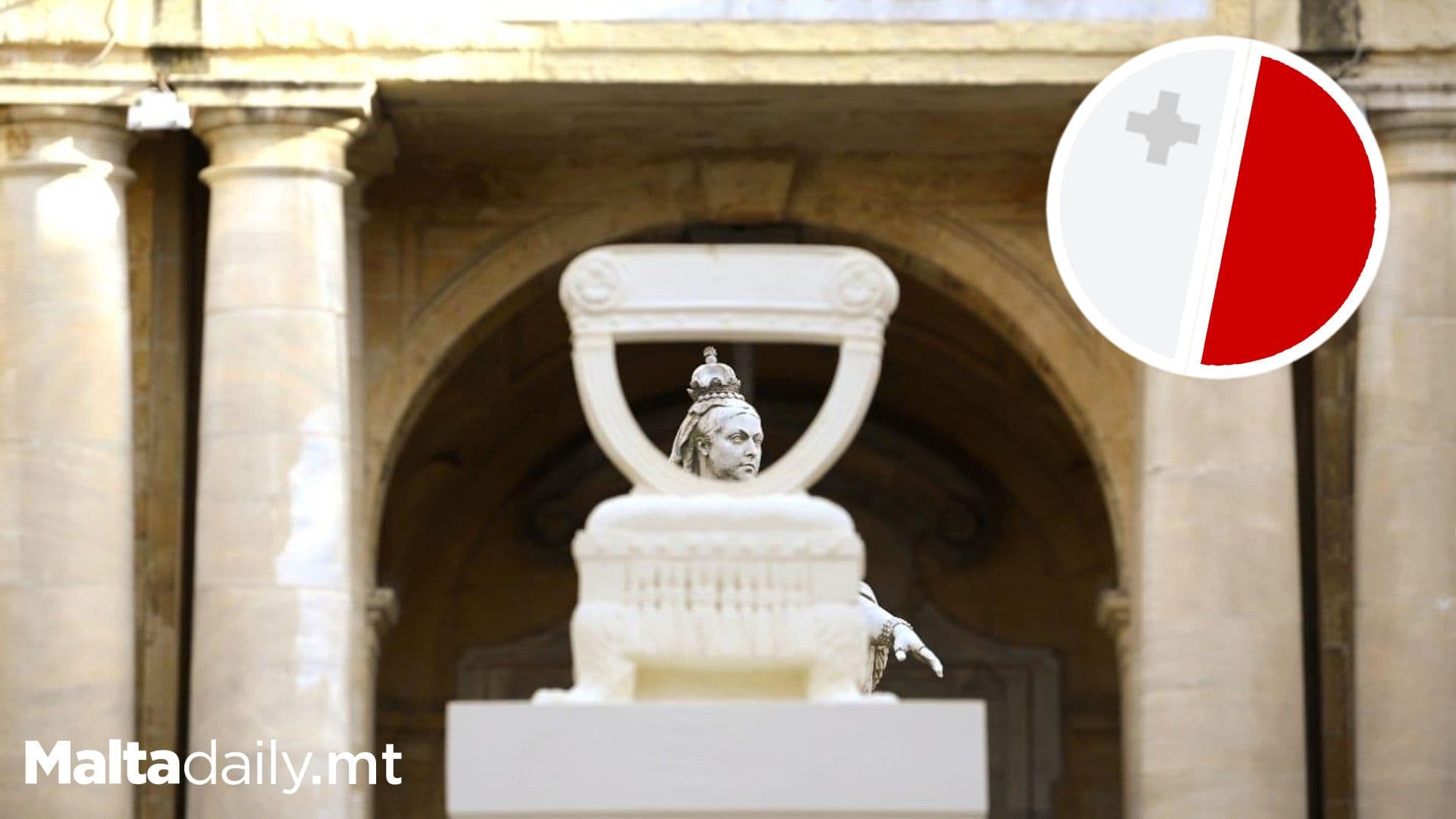Siġġu: Malta’s Bold New Sculpture

A sculpture of an empty chair has emerged as a thought-provoking addition to Malta’s contentious colonial legacy, situated prominently in Valletta’s Pjazza Reġina. Crafted by acclaimed sculptor Austin Camilleri, “Siġġu” now stands directly in front of the Queen Victoria statue, altering the usual focal point of Republic Street outside Malta’s National Library.
Resembling the chair upon which the monarch sits, Siġġu prompts passers-by to contemplate Queen Victoria’s presence in the square and ponder the significance of her absence in contemporary Malta as a former British colony. Despite the official name of Republic Square, the area is commonly referred to as Pjazza Reġina, underscoring the enduring influence of the statue.
In a recent Facebook post, Camilleri highlighted the post-colonial undertones of his work, noting that the sculpture is crafted from globigerina limestone quarried prior to 1974, the year Malta attained republic status. This material, sourced by Camilleri’s grandfather with intentions of personal artistic endeavors, lends a poignant connection to the past.
Crafted in his grandfather’s studio using ancestral tools, Camilleri aimed to create a piece that transcends time, providing a tangible link between past and present. Siġġu’s debut is part of the Maltabiennale.art exhibition, running from March 13 to May 31.
This isn’t the first instance of controversy surrounding the Queen Victoria monument, as it reignited debates on Malta’s colonial heritage during the global anti-racism protests of 2020. Historian Charles Xuereb proposed relocating the statue to Gozo, citing its contentious legacy. However, critics argue against the removal of colonial monuments, asserting that such actions risk distorting historical context.
Artist Keit Bonnici also contributed to the discourse by sending a postcard in Maltese to Queen Elizabeth, seeking her perspective on the fate of her ancestor’s statue in Malta.
#MaltaDaily


